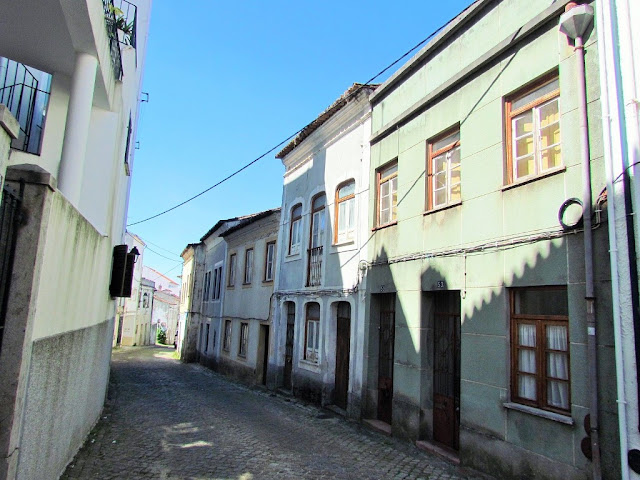MAÇÃO
N 39.55358; W 7.99844
The entire area of the municipality of Mação is a very rich paleontological and archaeological area. Fossils are found in all its parishes. In the field of archeology, the wealth of the municipality is mainly from Roman times as the Roman spa in Ortiga. The most famous of all the finds, was the Bronze Age treasure of Porto do Concelho in 1943, which consisted of 42 pieces (sickles, spears, axes, swords, daggers, bracelets, etc.). Also noteworthy was the finding, in March 1944, in Casal da Barba Pouca (Penhascoso parish), of the famous flint albarda, the largest on the Peninsula. Also worth mentioning are the stations of the Castros de Almond (Iron Age), Castelo Velho de Caratão (Bronze Age), Vale do Junco and Vale do Grou (Romans).
On the banks of the Ribeira de Ocreza rock art panels from different eras were discovered, including the first discovery of paleolithic art in the open air in southern Portugal where until now only parietal art was known in the Escoural cave. It is a representation of equine (horse) figured in absolute profile.
The calm and rich waters of the Tagus and Ribeira de Eiras over the Ortiga Dam, make water sports a paradise, such as Ski, Sail, and Windsurf. The municipality invites the practice of rural, healthy tourism where extreme sports such as mountaineering, climbing, hang gliding, mountain biking, and off-road play a prominent role.
Another highlight is the Fluvial Beaches of Cardigos and Carvoeiro, true crown jewels.
Its landscape varies between the beauty of the mountains with waterfalls that end in small and cozy natural pools, rocks implanted in the massive crust of the mountains, similar to medieval castles, benefiting from all the purity of a mountain air and the refreshing charm of the huge reservoirs where everything is possible and desirable, with water as far as the eye can see.
Mação also has an appreciable richness of mineral-medicinal waters: Sulfúreas - Sódicas (Fadagosa de Mação) and in the parish of Envendos (Lugar de Ladeira), a large stream called Águas Quentes.
💓💓💓💓💓
SEARCH IN ALPHABETICAL ORDER
IN THE DISTRICT OF SANTARÉM







































